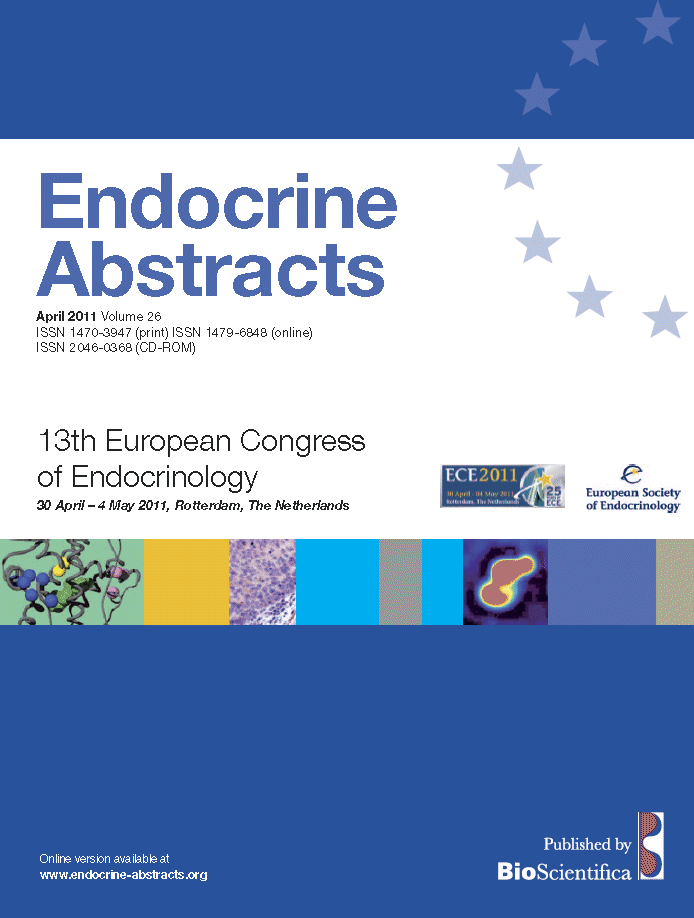Searchable abstracts of presentations at key conferences in endocrinology
Symposia
Controversies in hyperaldosteronism
ea0026s2.1 | Controversies in hyperaldosteronism | ECE2011
Controversies in hyperaldosteronism: whom and how to screen
Mulatero P , Bertello C , Monticone S , Veglio F
Primary hyperaldosteronism (PA) is the most frequent cause of secondary hypertension. PA detection is of particular importance, because it provides opportunity for targeted treatment (surgical for APA and medical for BAH), and because it has been demonstrated that PA patients are more prone to cardiovascular events and target organ damage than essential hypertensives. The Endocrine Society Guidelines stated the categories of hypertensive patients with relatively high prevalenc...
ea0026s2.2 | Controversies in hyperaldosteronism | ECE2011
Adrenal vein sampling
Adrenal venous sampling plays a central role in discriminating between unilateral (mostly aldosterone-producing adenoma) and bilateral adrenal disease (mostly bilateral hyperplasia) in primary aldosteronism. Although computed tomography or magnetic resonance are used to visualize adrenal glands, both method are not sensitive enough to detect small tumors and they are not also specific for autonomous aldosterone production. With increasing age, prevalence of adrenal tumors or n...
ea0026s2.3 | Controversies in hyperaldosteronism | ECE2011
Non-surgical therapy of primary aldosteronism
Unilateral laparoscopic adrenalectomy for unilateral primary aldosteronism (PA) results in cure of hypertension in 5060% and improvement in all remaining patients. For those with bilateral PA or with unilateral PA but unsuitable for surgery, treatment with mineralocorticoid receptor (MR) blockers (spironolactone 12.550 mg/day or eplerenone 25100 mg/day) or with sodium channel antagonists (amiloride 2.520 mg/day) is effective, but regular biochemical mon...




